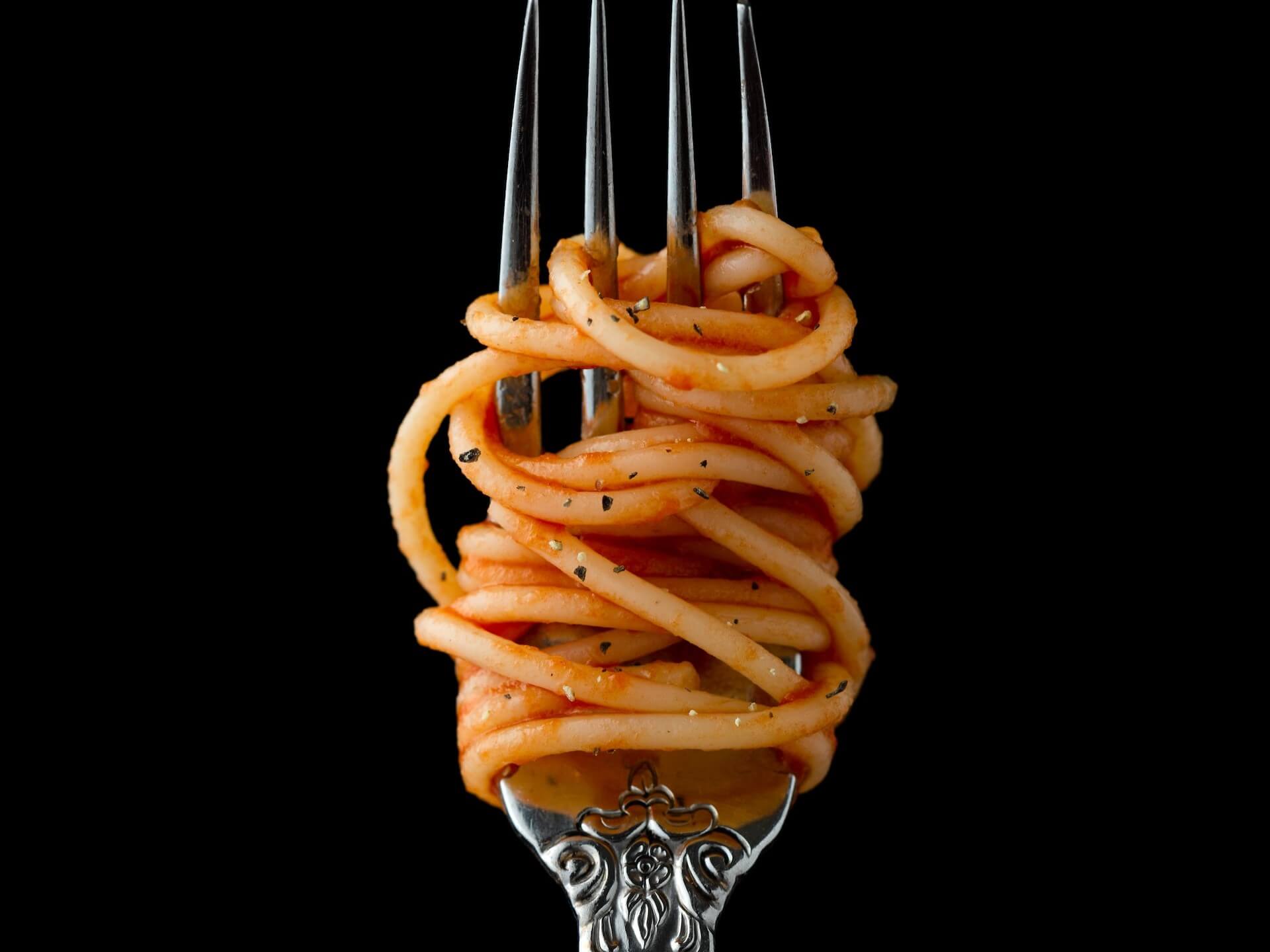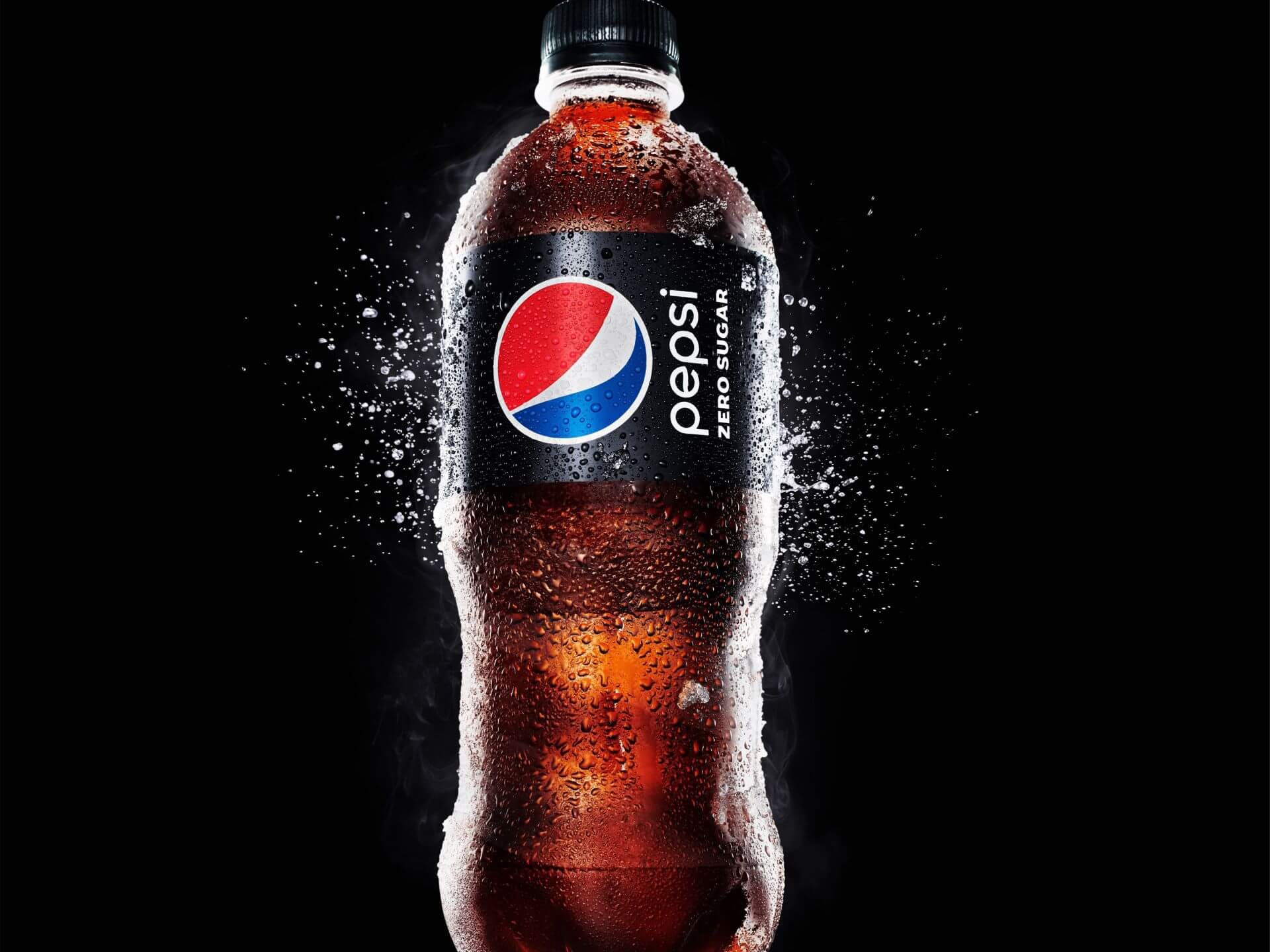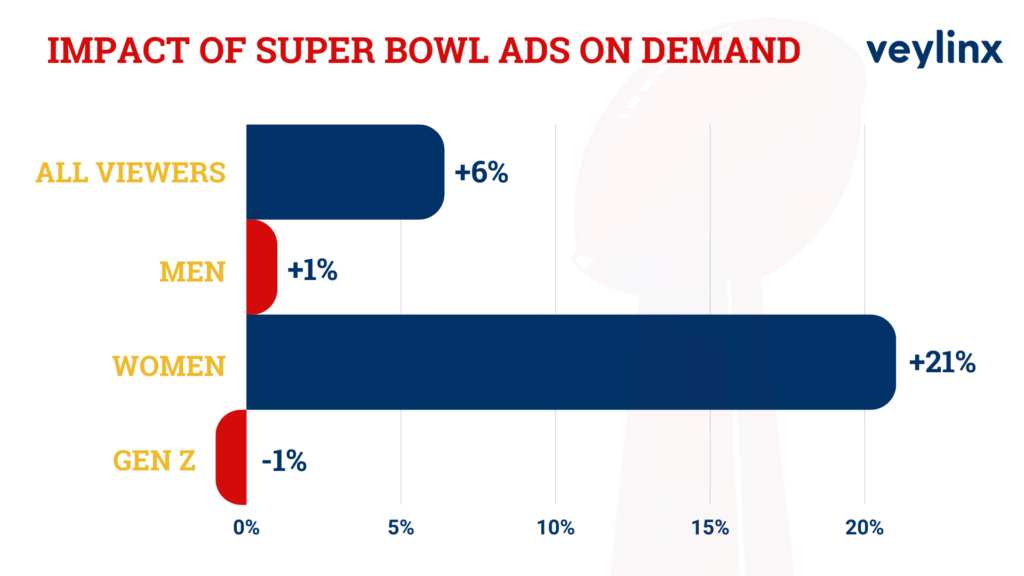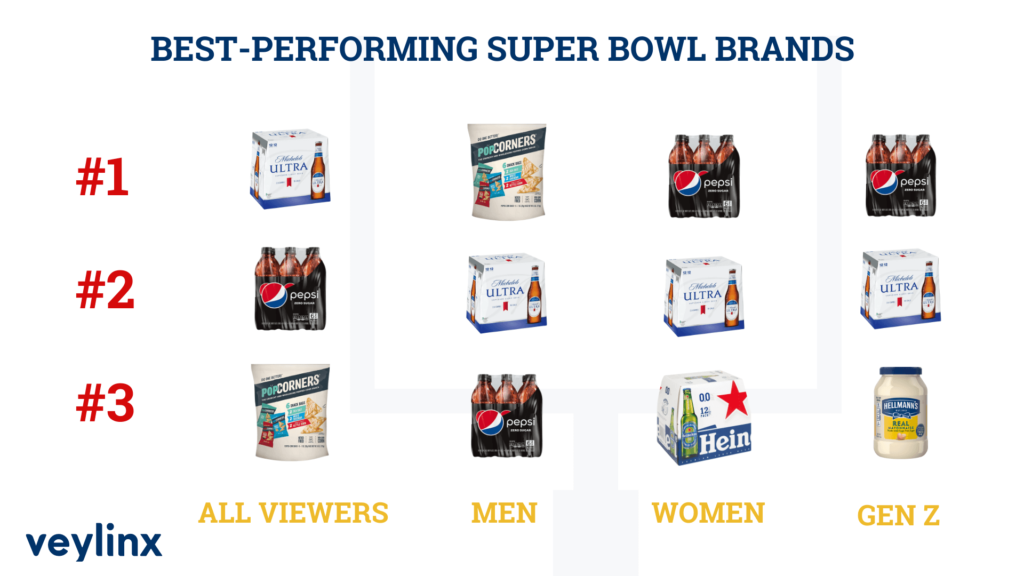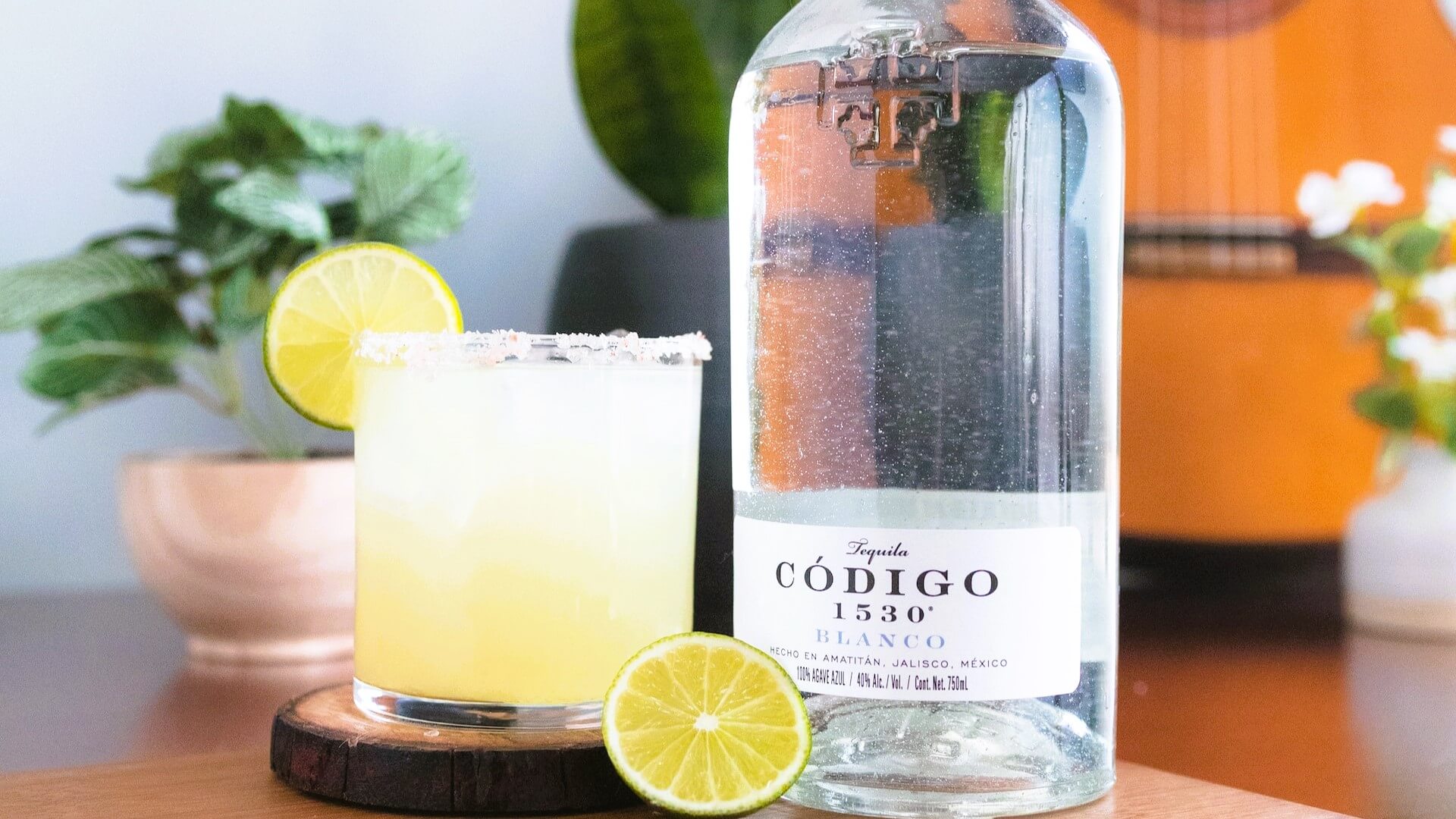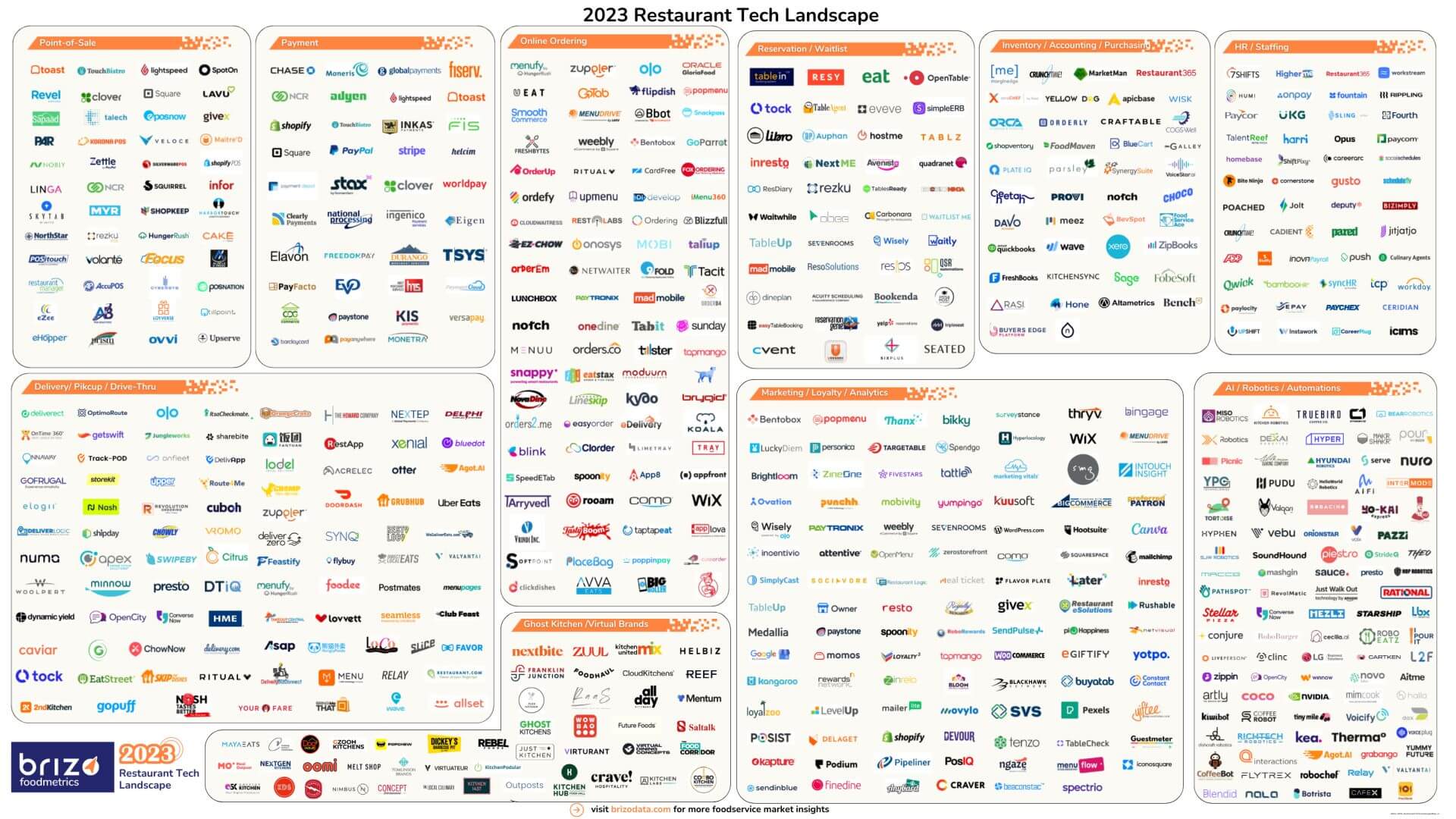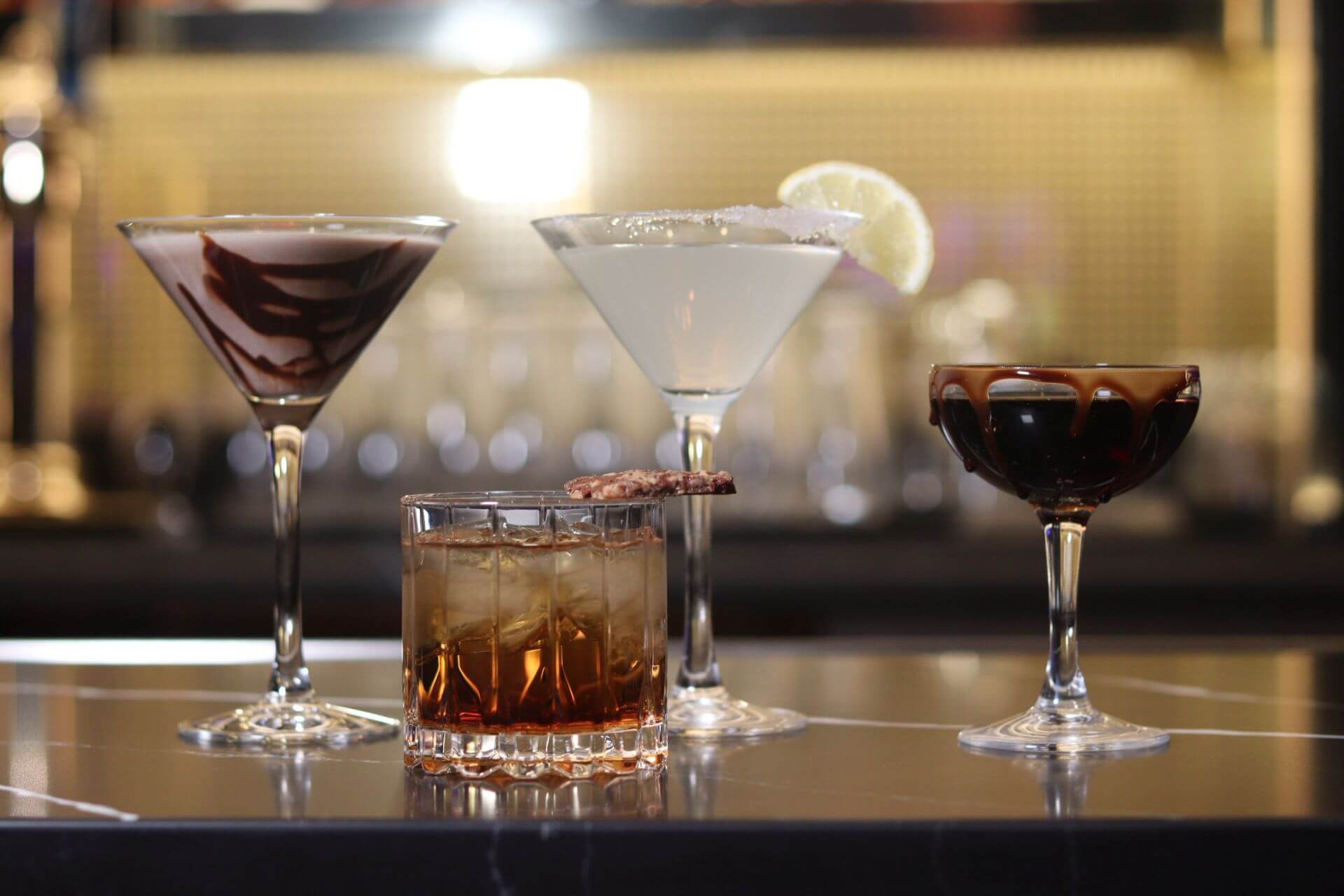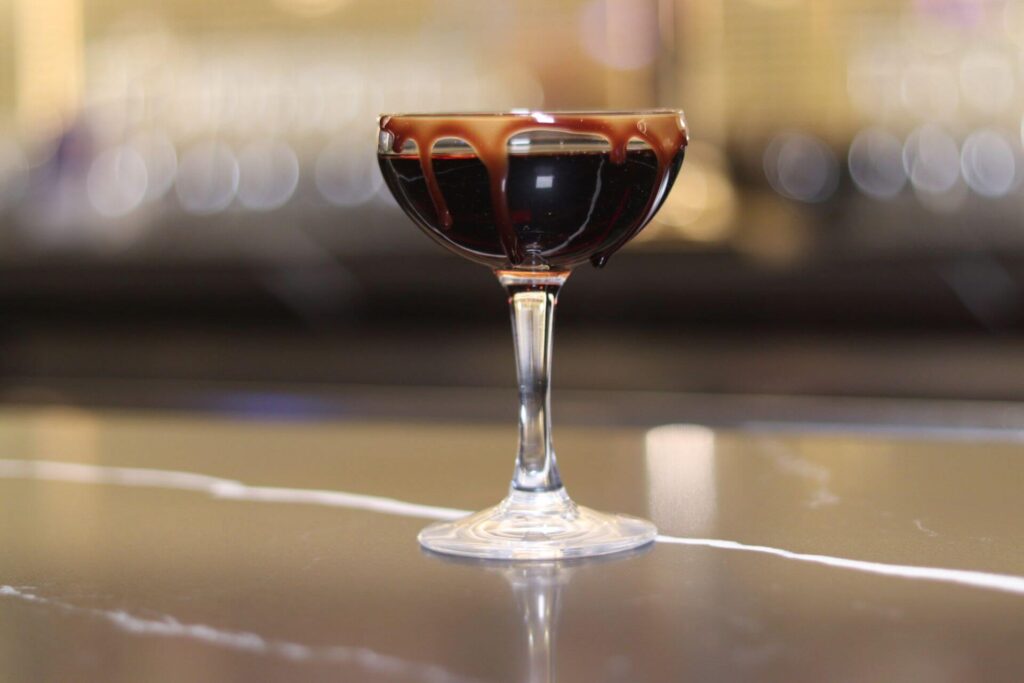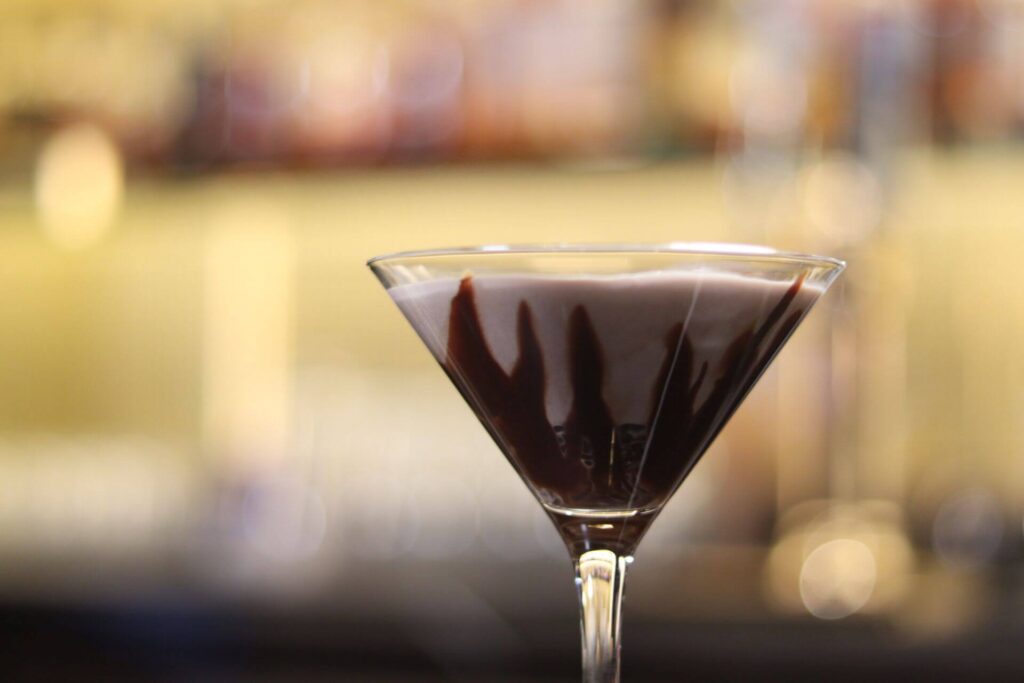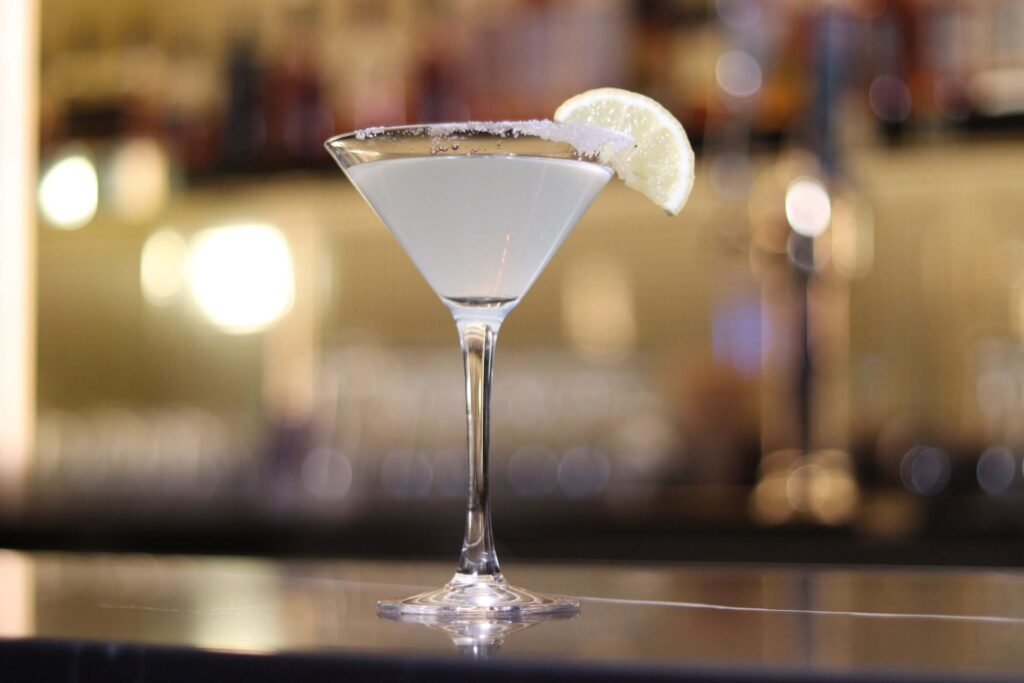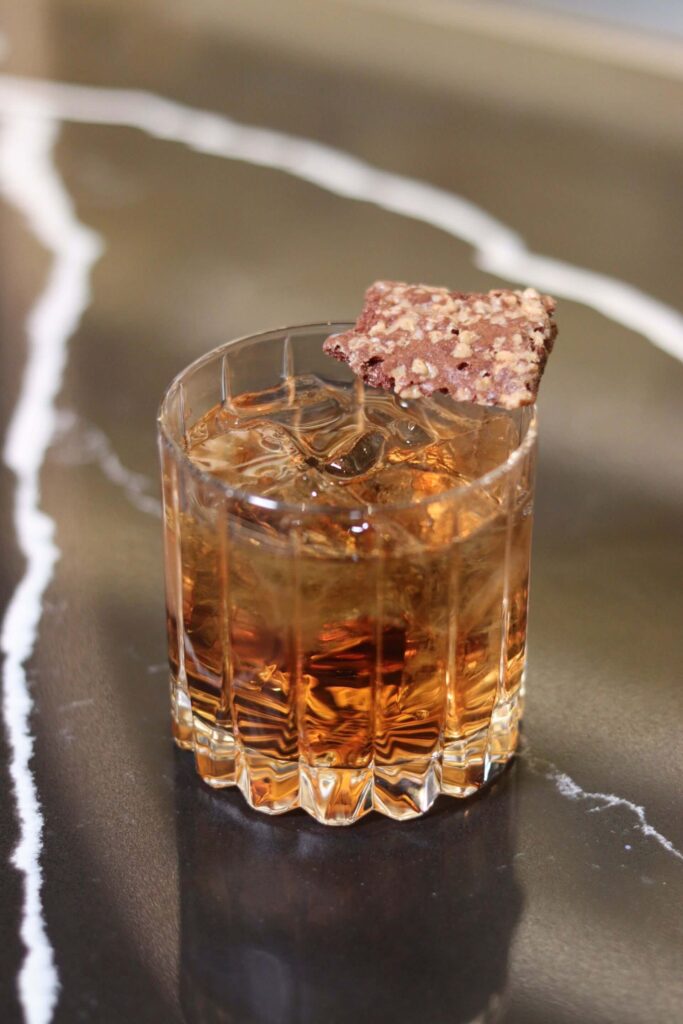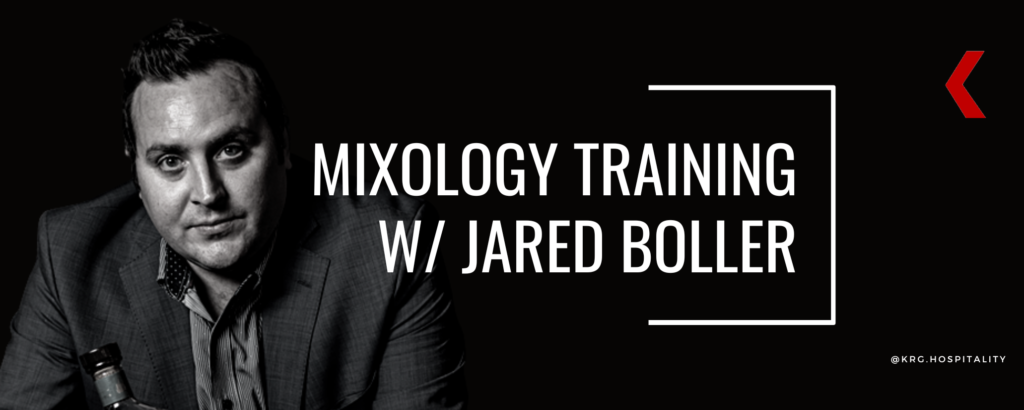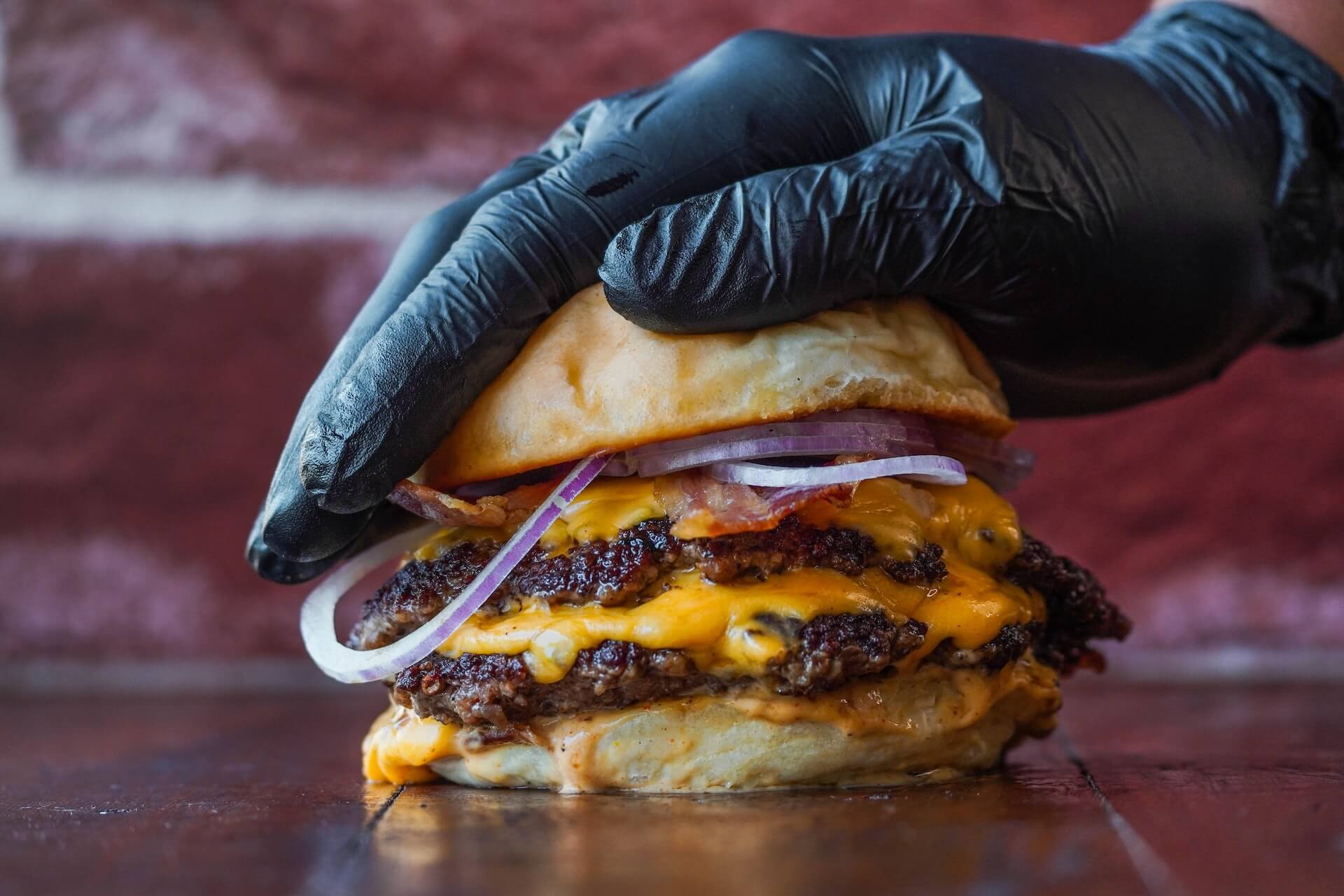Just.Safe.Food. and More Alternatives to ServSafe
by David Klemt
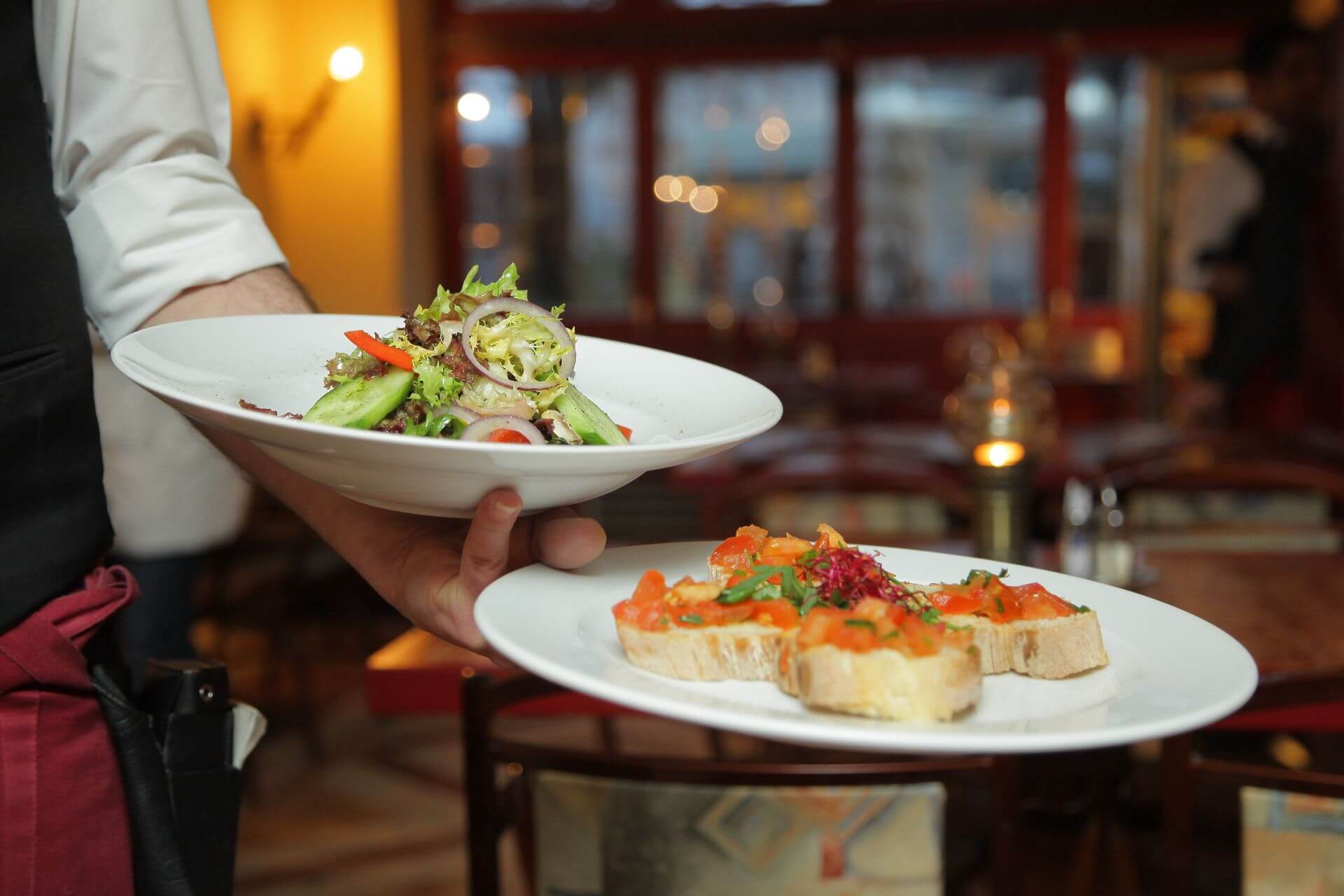
ServSafe, the National Restaurant Association‘s food safety training program, isn’t the only food handler training game in town.
Certainly, the program is the most well known in our industry. However, it’s fair to say that ServSafe is closer to infamous than just ubiquitous due to a New York Times article from January.
While it’s the most recognizable of the food safety programs, it’s not the only one. Although, ServSafe’s omnipresence likely gives many the impression that it’s ServSafe or nothing.
There are, however, alternatives to ServSafe. In fact, one challenger was announced a day after the explosive New York Times article that thrust ServSafe into a spotlight the NRA probably isn’t enjoying. (After all, one result of that article was a letter from six US senators demanding answers from the NRA about ServSafe by March 3.)
At any rate, the newest alternative to ServSafe comes from One Fair Wage. The program is Just.Safe.Food. and costs just $10. (As a reminder, ServSafe costs $15.)
For that $10, Just.Safe.Food. gives an individual three attempts to pass their exam and unlimited access to training materials. Additionally, One Fair Wage (OFW) says profits they raise from the program will go toward advocating for restaurant workers.
OFW, as many in the industry know, is owned and operated by restaurant workers. Two cornerstones of the organization’s mission are increasing the minimum wage, and ending the tip credit. OFW is also attempting to convince lawmakers to stop accepting donations from the NRA.
Basically, OFW and the NRA are—and it appears always have been—at odds with with one another.
Other ServSafe Alternatives
Before I list a few other alternatives, let me be clear: KRG Hospitality isn’t advocating for any food safety training program in particular. Operators and their team members will need to decide which program is best for them.
Whether that decision is based on employer requirements, state or local requirements, cost, ideology, or another reason makes no difference to us.
However, I will say that the more competent and comprehensive options there are, the better. Nobody should have a monopoly on food safety.
The key factor to consider is whether the particular state or county regulations are met by the program. If anyone is uncertain, they should reach out to their local health department before proceeding with any program. It’s likely the department only accepts food safety programs that are ANSI-certified.
That said, some alternatives to ServSafe are:
Operators and food-handler restaurant workers can also search for local programs that are accepted by their state/county.
Food Handler Requirements
Food safety isn’t, it turns out, universal throughout the US. Workers can be subject to state or county requirements. In some states, food handler certification is voluntary.
And then there are food safety manager regulations to consider, and those can also be state- or county-specific.
I can’t reiterate enough how important it is to know your state/county/local food handler requirements. As with many regulations, there are nuances and hospitality professionals need to know them.
Below, how different *states regulate food handler training.
State Requirements
- Alabama
- Alaska
- California
- Florida
- Georgia
- Hawaii
- Illinois
- North Carolina
- Ohio
- Oregon
- South Carolina
- Texas
- Utah
- Washington
County Requirements
- Alabama
- Arizona
- Kansas
- Kentucky
- Missouri
- Montana
- Nebraska
- Nevada
- New Jersey
- New Mexico
- New York
- North Dakota
- Oklahoma
- Virginia
- West Virginia
Voluntary
- Arkansas
- Colorado
- Connecticut
- Delaware
- Idaho
- Indiana
- Iowa
- Louisiana
- Maine
- Maryland
- Massachusetts
- Michigan
- Minnesota
- Mississippi
- New Hampshire
- North Carolina
- Pennsylvania
- Rhode Island
- South Dakota
- Tennessee
- Wyoming
*This information is believed accurate at the time of publication. No warranty of accuracy is given.

